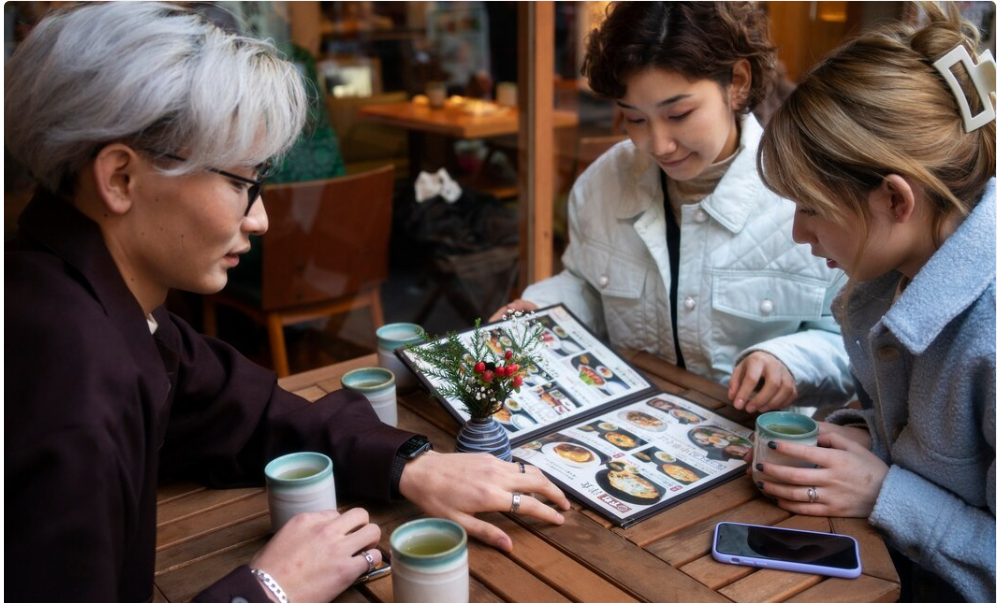Preserving Traditions in a Digital Age: A Look at Global Efforts
In a world where rapid technological advancement defines the way we live, work, and connect, cultural traditions risk fading into obscurity. Yet around the globe, a diverse set of communities, organizations, and governments are working tirelessly to ensure that ancient customs and cultural heritage continue to thrive. This post explores the dynamic intersection between tradition and technology, and highlights inspiring efforts to preserve cultural identity in our increasingly digital world.
The Digital Challenge to Cultural Traditions
Digital transformation has reshaped every aspect of society—from how we communicate to how we consume information. While this shift has brought numerous benefits, it also poses a threat to oral histories, artisanal crafts, and cultural rituals that rely on in-person transmission and hands-on experience. The question many communities face is: how do we adapt without losing our roots?
Technology as a Preservation Tool
Interestingly, technology itself is playing a vital role in cultural preservation. Digital archiving, virtual reality experiences, and interactive online platforms are being used to document and share traditions worldwide. For example:
- UNESCO’s Memory of the World program digitally archives historical documents and artifacts to safeguard cultural heritage.
- Google Arts & Culture offers immersive exhibits of museums, traditional dances, and ancient texts from across the globe.
- VR and AR technology allows users to experience cultural festivals or explore historical landmarks without leaving home.
Grassroots Efforts to Keep Traditions Alive
At a local level, communities are also stepping up. Language preservation projects have turned to mobile apps and YouTube channels to teach endangered languages. Traditional craftsmen and women are showcasing their work on Instagram and Etsy, gaining recognition and support from global audiences.
Education and Cultural Literacy in the Digital Age
Integrating traditional knowledge into modern education systems has become another important strategy. Schools in various countries are incorporating indigenous storytelling, local history, and folk art into their curricula. Online platforms like Coursera and Khan Academy are also offering courses on world cultures and ancient philosophies, making them accessible to younger generations worldwide.
The Role of Governments and NGOs
Many governments have introduced initiatives to protect intangible cultural heritage. Japan, for instance, designates certain artisans as “Living National Treasures” to ensure the transmission of traditional skills. NGOs like Cultural Survival and Endangered Languages Project support indigenous communities in documenting and maintaining their cultural practices.
Balancing Innovation with Authenticity
One of the key challenges in preserving traditions in a digital era is maintaining authenticity. While online tools are powerful, they can also dilute or misrepresent cultural practices. It’s crucial that digitization efforts involve local voices and that technology complements rather than replaces real-world engagement.
Looking Forward
As we navigate the future, embracing both innovation and tradition will be essential. Cultural heritage gives us identity, belonging, and continuity. By thoughtfully leveraging technology, we can ensure these priceless elements of human history endure for generations to come.
Conclusion
Preserving traditions in the digital age is not about resisting change—it’s about evolving mindfully. Around the world, people are finding creative ways to honor their heritage while engaging with modern tools. Their efforts remind us that culture is not static; it’s a living, breathing part of who we are.
Stay Connected for More Travel and Lifestyle Inspiration. For more insights into travel, culture, and lifestyle tips, follow me on Instagram @salvadorordorica. If you’re seeking professional translation and localization services to enhance your global ventures, visit The Spanish Group — your trusted partner in bridging cultures worldwide.


Recent Comments